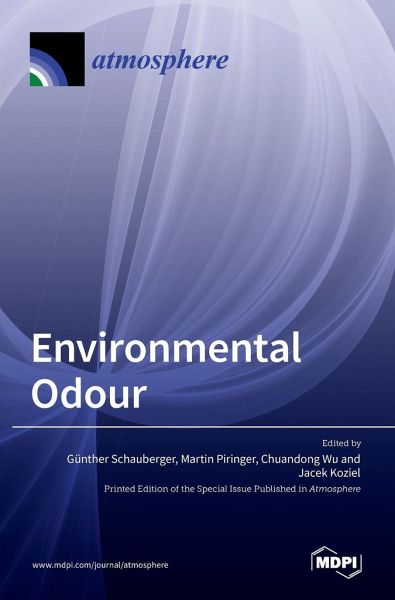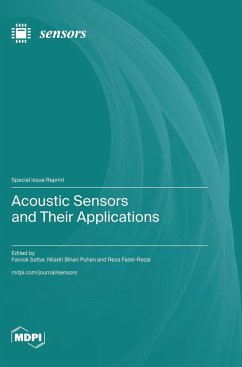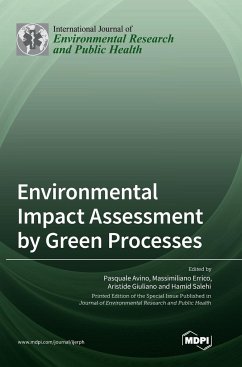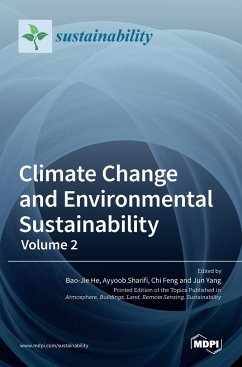
Environmental Odour
Versandkostenfrei!
Versandfertig in 1-2 Wochen
66,99 €
inkl. MwSt.

PAYBACK Punkte
33 °P sammeln!
Environmental odour is perceived as a major nuisance by rural as well as urban populations. The sources of odourous substances are manifold. In urban areas, these include restaurants, small manufacturing trades, and other sources, which might cause complaints. In the suburbs, wastewater treatment plants, landfill sites, and other infrastructures are the expected major odour sources. These problems are often caused be the accelerated growth of cities. In rural sites, livestock farming and the spreading of manure on the fields is blamed for severe odour annoyance. In fact, environmental odours a...
Environmental odour is perceived as a major nuisance by rural as well as urban populations. The sources of odourous substances are manifold. In urban areas, these include restaurants, small manufacturing trades, and other sources, which might cause complaints. In the suburbs, wastewater treatment plants, landfill sites, and other infrastructures are the expected major odour sources. These problems are often caused be the accelerated growth of cities. In rural sites, livestock farming and the spreading of manure on the fields is blamed for severe odour annoyance. In fact, environmental odours are considered to be a common cause of public complaints by residents to local authorities, regional, or national environmental agencies. This Special Issue of Atmosphere will address the entire chain, from the quantification of odour sources, abatement methods, the dilution in the atmosphere, and the assessment of odour exposure for the assessment of annoyance. In particular, this Special Issue aims to encourage contributions dealing with field trials and dispersion modeling to assess the degree of annoyance and the quantitative success of abatement measures.














